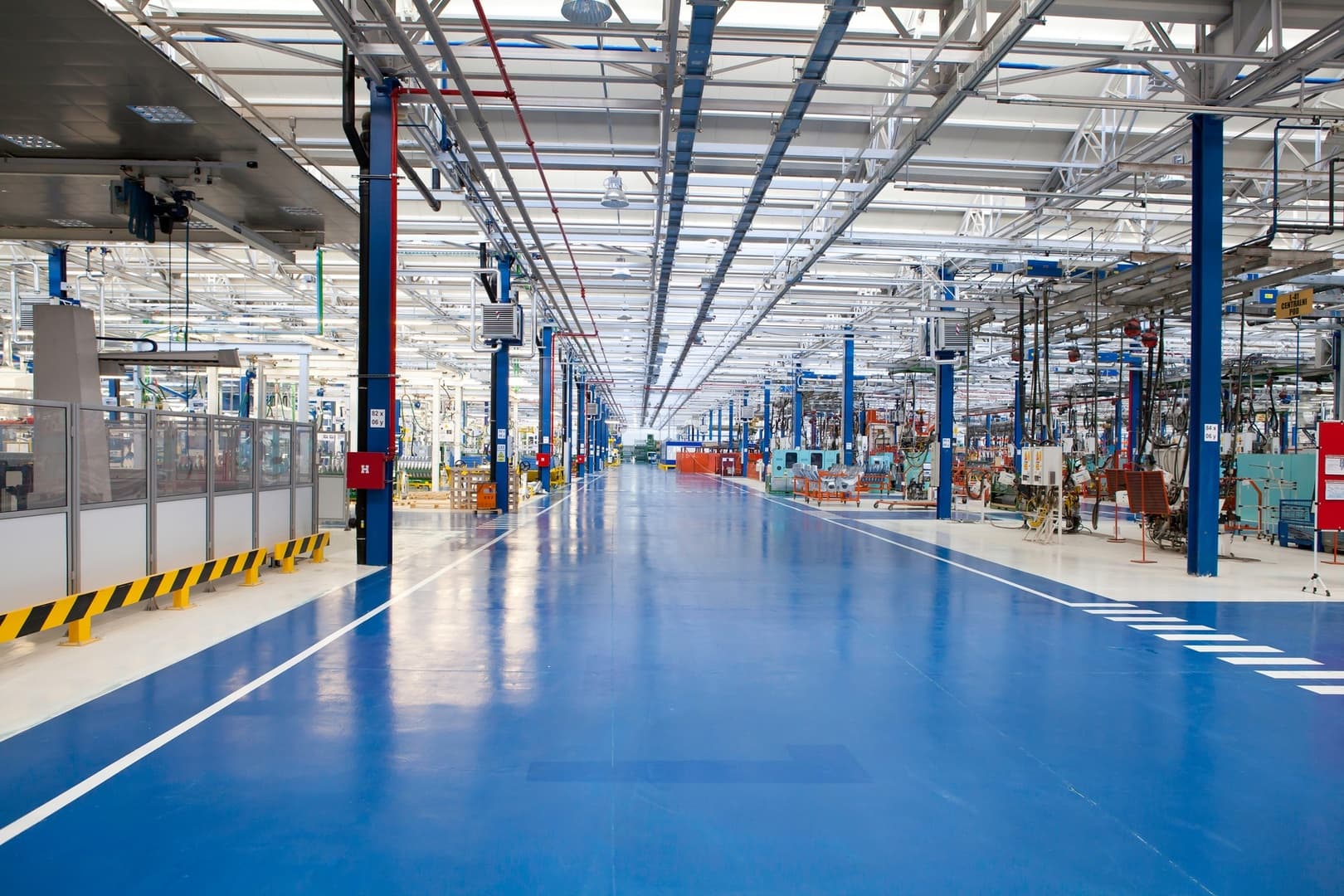The area utilised for industrial and warehouse space in the Czech Republic exceeds 10 million sq m in June

“The third trend is the growing added value of tenants in key projects. These are not, in popular terms, assembly plants, but operations unique in their focus or connection to universities, applied research or Innovation,” states Jakub Holec, CEO at 108 AGENCY. This is evidenced by the example of the first multi-storey Amazon logistics hub in Panattoni Park Kojetín, which is being built on the site of a former sugar factory, and by the investment of 4.5 billion CZK by the American company, Ball, in a new plant for the production of recyclable cans in Panattoni Pilsen Digital Park in Pilsen.
Production still plays a very important role in the demand for industrial premises. According to a qualified estimate from 108 AGENCY, it accounted for 25% of total leases from the beginning of 2021 to the end of March this year. Production and technology companies also figure in the rental mix of industrial parks. This is the main reason that the limit of 10 million sq m of leasable area in the Czech Republic has been exceeded. Namely, the parks are VGP Kladno (hall B), Urbanity Park Tachov (hall Gama), VGP Park Olomouc (hall F1), CTPark Aš (hall A3, in shell and core state), CTPark Kadaň (hall KA6), LogPoint Jihlava project and hall DC3 in Prologis Park Brno.
Despite several limiting factors, developers are embarking on the preparation and construction of new projects. In addition to the rising price of building materials and works, they also include the rising and extremely uncertain price of energy, inflation and stricter requirements associated with environmental impact and the overall sustainability of construction and operation of buildings. However, development activity is stimulated by strong tenant demand, despite the correction of growth in the e-commerce segment.
“Conditions are burdening larger development companies with a strong capital base. The expected cooling of the market in the last quarter, given the fading effects of the war in Ukraine, will be reflected in speculative construction and other areas. Regarding the continuing demand of companies and the negligible vacancy rate, projects with a total area of over 1.1 million sq m are still under construction,” comments Michal Bílý, analyst at 108 AGENCY, commenting on the current state and possible development of the market. Due to the amount of development land and older or unused areas, it can be expected that this record construction activity will not slow down despite the current obstacles.
Poland continues to have the largest offer of leasable industrial premises within the Visegrad 4, with 24 million sq m. It is followed by the Czech Republic with over 10 million sq m. The Slovak market reached 3.3 million sq m in the first quarter of this year and the Hungarian market stands at 2.4 million sq m. Exceeding the limit of 10 million square metres is the result of gradually accelerating development. It has been increasing continuously since 2006, with the only fluctuation between 2010–2012 due to the global financial crisis. The largest complexes completed in the last 12 years include, for example, CTPark Bor near Plzeň, CTPark Brno, P3 Prague Horní Počernice, Prologis Park Prague-Jirny, CTPark Ostrava and Prologis Park Prague-Rudná.
“Our industrial and logistics parks are growing together with our tenants, who are expanding significantly within them. Sophisticated supply and demand chains and modern production plants are being set up in CTParks. Therefore, I believe that the performance of the Czech industrial space market is, to a large extent, equivalent to the state of the entire domestic economy. According to the current situation, it is still in very good condition, as it also continues to attract important foreign companies,” notes Jakub Kodr from CTP, one of the most important developers in the Czech Republic.
The strongest year in construction was 2018, when almost 800,000 sq m of new industrial space was delivered to the market. In terms of demand, last year was a record year, when net realised demand was 1.58 million sq m. In 2020 and 2021, several new developers, such as GARBE or GLP, entered the market. Therefore, the industrial real estate market is growing steadily, regardless of fluctuations. Similar development is most likely to continue. However, legislation related to sustainability and construction rules, both at national and European level, will have a major impact on the future situation.



